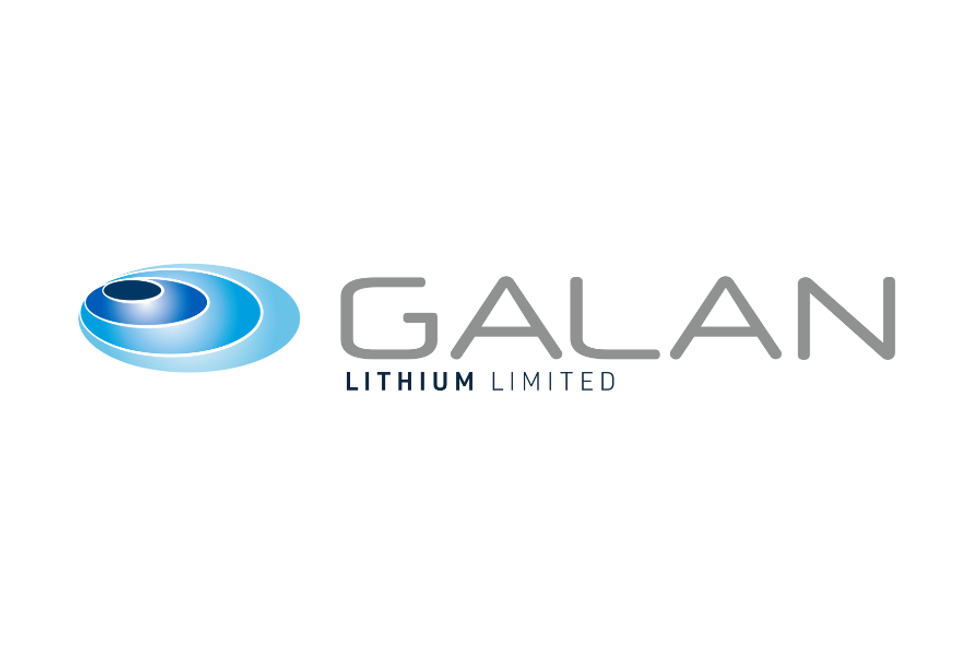GM Takes US$1.6 Billion Hit on EV Realignment as US Policy Shift Clouds Market Outlook
The company warned that additional charges could follow as it continues to scale back certain projects and refocus on profitability amid slowing EV adoption.

General Motors (NYSE:GM) will take a US$1.6 billion charge tied to its electric vehicle (EV) production realignment as the federal government rolls back clean energy incentives and emissions standards.
In a regulatory filing on Tuesday (October 14), GM said the charges include a US$1.2 billion non-cash impairment from adjustments to EV capacity, alongside US$400 million in cash-related expenses for contract cancellations and commercial settlements tied to EV investments.
“Following recent US government policy changes, including the termination of certain consumer tax incentives for EV purchases and the reduction in the stringency of emissions regulations, we expect the adoption rate of EVs to slow,” GM said in the filing.
The announcement sent GM shares down nearly 2 percent before the opening bell in New York. The stock has gained about 4.4 percent so far this year, lagging the broader S&P 500 (INDEXSP:.INX), which is up roughly 13 percent.
The setback comes just months after the Trump administration ended the federal EV tax credit, which was previously worth up to US$7,500 for new EVs and US$4,000 for used ones, while also weakening fuel economy and emissions standards.
The administration has also moved to block California’s planned phaseout of new gas-powered vehicle sales and freeze federal funding for EV charging infrastructure.
These reversals have lessened pressure on carmakers to move away from internal combustion engines, tilting the market once again toward gasoline vehicles that deliver higher near-term profits.
For GM, long viewed as one of America’s most aggressive advocates for an electric transition, the changing climate marks a sharp turn in trajectory.
Despite the setback, the Detroit-based company said its EV capacity realignment will not affect retail availability of current Chevrolet, GMC, and Cadillac electric models.
GM scales back EV ambitions
GM’s pivot contrasts sharply with its ambitions just a few years ago.
In 2020, the automaker pledged to invest US$27 billion in electric and autonomous vehicles within five years—35 percent more than pre-pandemic plans—and to convert more than half its North American and Chinese factories to EV production by 2030.
GM also vowed to make nearly all its vehicles electric by 2035 and achieve full carbon neutrality by 2040. Chief Executive Mary Barra had even predicted GM would surpass Tesla (NASDAQ:TSLA) in US EV sales by the middle of the decade.
Yet the company’s latest filing suggests that goal may now be out of reach, at least in the near term.
While EVs remain a centerpiece of GM’s portfolio, the economic and regulatory environment has become more volatile, forcing automakers to hedge their bets between electric and gas-powered models.
Ironically, GM’s retrenchment comes amid record-breaking EV sales nationwide. In the third quarter of 2025, US EV sales soared to an all-time high of 438,487 units, up 41 percent from the prior quarter and nearly 30 percent higher year-over-year. This increase also accounted for 10.5 percent of all new vehicle sales.
The surge, however, was fueled largely by buyers rushing to complete purchases before the federal tax credits expired.
Despite the policy uncertainty, GM itself posted robust sales numbers for the quarter.
Its US vehicle sales rose 8 percent year-over-year, buoyed by gains in both electric and traditional segments. The company also delivered a record 66,501 EVs in Q3, more than doubling its volume from a year earlier, and total year-to-date EV sales climbed 105 percent to 144,668 units.
Still, the Western market’s current status is lopsided. While major firms all saw significant EV gains, others posted flat or declining sales.
The competitive pressure is further exacerbated by the rapid rise of Chinese automakers like BYD (HKEX:1211,OTC Pink:BYDDF), which saw sales jump 31 percent in the first half of 2025 to 2.1 million vehicles, powered by Beijing’s heavy subsidies and expanding global reach.
BYD and other Chinese brands are now targeting markets in Europe and Southeast Asia with cheaper alternatives, raising new challenges for legacy Western automakers.
Don’t forget to follow us @INN_Resource for real-time news updates!
Securities Disclosure: I, Giann Liguid, hold no direct investment interest in any company mentioned in this article.






